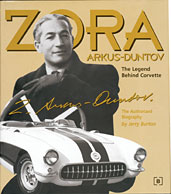Technical Paper
euces Software Development
2008-06-29
2008-01-2072
The euces project was initiated to be prepared for the future role of EADS as stage system prime for stage and launcher developments. Launcher stages for NGLV need to meet ambitious mission and operational demands. The paper will present a brief overview of the currently existing COMPONENT libraries and its possibilities as well as an application example which will be a simplified functional model of the ARIANE 5 EPS upper stage w.r.t. physical model formulation of its incorporated components, its schematic, data initialisation and simulation results obtained. The simulation results will be compared to flight data of a dedicated flight.

